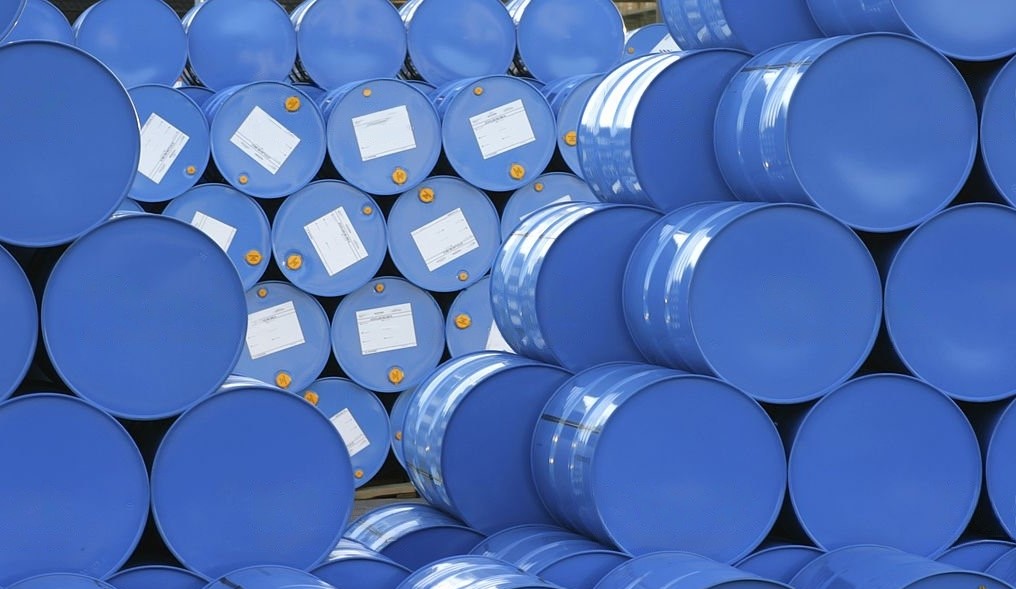
Increasing stormwater pollution is a major hazard to human health, ecosystems, and the economy. Industries must take preventative measures to prevent water contamination and safeguard local water resources.
Developing a Stormwater Pollution Prevention Strategy (SWPPP) is one efficient method for achieving this goal. An SWPPP outlines specific measures to prevent and minimize the discharge of pollutants into stormwater runoff.
In this article, we will outline a basic SWPPP example. We’ll discuss the plan’s components, such as the site description, potential pollutants, etc. It’s a great example of how industries can efficiently prevent water pollution and save local water resources.
What Is a SWPPP?
SWPPP is a document that defines a company’s strategy for reducing stormwater pollution. Stormwater pollution happens when runoff from rain or snowmelt gathers contaminants like oil, chemicals, and debris when it travels over or through contaminated surfaces.
This polluted runoff can infiltrate waterways without proper treatment, harming aquatic life and contaminating drinking water supplies.
According to the National Pollution Discharge Elimination System (NPDES) and Clean Water Act, the EPA mandates using SWPPPs. So, the SWPPP is an all-encompassing document outlining techniques for preventing pollution, tracing its origins, and reacting to pollution emergencies.
Who Needs an SWPPP?
Any site with the potential to discharge stormwater runoff into the environment, such as a construction site or an industrial facility, must have a Stormwater Pollution Prevention Plan (SWPPP).
Projects that affect more than an acre of land fall into this category, as do those that affect less than an acre, but they’re nonetheless part of a bigger master plan for sale or development.
However, regardless of the scale of the project, some states or local governments may have additional requirements for SWPPP implementation. If you need to figure out whether or not an SWPPP is necessary for your project, it’s best to double-check with the appropriate regulatory body.
SWPPP Requirements
Any facility that meets the following criteria must develop and implement SWPPPs:
- Industrial Facilities
- Construction Sites
SWPPP Example
Let’s look at an example to see how a company can implement an SWPPP in a construction site or manufacturing plant. It should include the following:
- Project Site Overview: A site map detailing the project’s site and its immediate surroundings should be in the SWPPP. Plus, a thorough explanation of the planned operations at the location and any potential sources of pollution.
- Identifying Possible Pollutants: Any potential sources of pollution, such as sediment, chemicals, and garbage, should be in the SWPPP. This part should also discuss how these pollutants can affect nearby water supplies and what steps to take to reduce their discharge into stormwater runoff.
- BMPs Implemented: The Best Management Practices (BMPs) that will keep the site free of pollution should be in the SWPPP. Some examples of these kinds of interventions are silt fences, erosion control blankets, and routine checks of stormwater controls. The best management practices (BMPs) should adapt to the project’s requirements and be created to reduce the likelihood of stormwater pollution.
- Training and Support Offered: Learning and training programs for employees and contractors to follow will be in the SWPPP. Best management practices, such as how to handle a spill, where to store toxic products, and more, must all be in the document.
- Accounting and Reporting Duties: In the event of pollution at the site, the SWPPP should outline what needs to happen, including how to alert authorities. It should also specify how often the strategy gets reviewed and updated.
Construction sites and industrial facilities can contribute to protecting local water resources and ensure they comply with environmental legislation if they follow the SWPPP and implement the BMPs outlined in it.
Benefits of an SWPPP
If you want to keep your site or factory from polluting the local water supply, you need an SWPPP (Stormwater Pollution Prevention Plan). The benefits of a well-implemented SWPPP include the following:
1. Environmental Benefits
The capacity of an SWPPP to safeguard local water supplies is one of its most significant advantages. Using best management practices and other pollution reduction techniques, an SWPPP can help limit the number of pollutants emitted into stormwater runoff. The local waterways and the wildlife that rely on them will benefit.
2. Positive Effects on the Economy
Many monetary gains can result from an effective SWPPP. Companies can avoid hefty regulatory agency fines and penalties if they take measures to reduce stormwater pollution.
Plus, best management practices and other pollution control initiatives can cut down on expensive cleanup and restoration activities. Finally, safeguarding local water resources can help sustain local companies that rely on clean water to thrive.
3. Legal Benefits
In most jurisdictions, companies must implement an SWPPP to comply with the law. Businesses and construction sites can meet their environmental obligations to federal, state, and local governments by creating and implementing a solid stormwater pollution prevention plan (SWPPP). It can reduce the likelihood of legal action, financial penalties, and other consequences for noncompliance.
By implementing an effective plan, businesses and construction sites can enjoy various environmental, economic, and legal benefits.
Final Thoughts
An SWPPP is an indispensable instrument for preventing stormwater pollution and protecting the environment, economy, and communities. The benefits of implementing an effective SWPPP are evident, including environmental protection, economic savings, and compliance with regulations.
We have a duty as environmental stewards to safeguard our water supplies and combat pollution. Companies and industrial sites can help minimize the harm that stormwater pollution causes by creating and following a Stormwater Pollution Prevention Plan (SWPPP).
Our expert staff at ROI Safety Services is here to assist you in meeting your SWPPP obligations. We provide accredited on-site stormwater consulting and analysis services to help manage construction sites and minimize water pollution.

